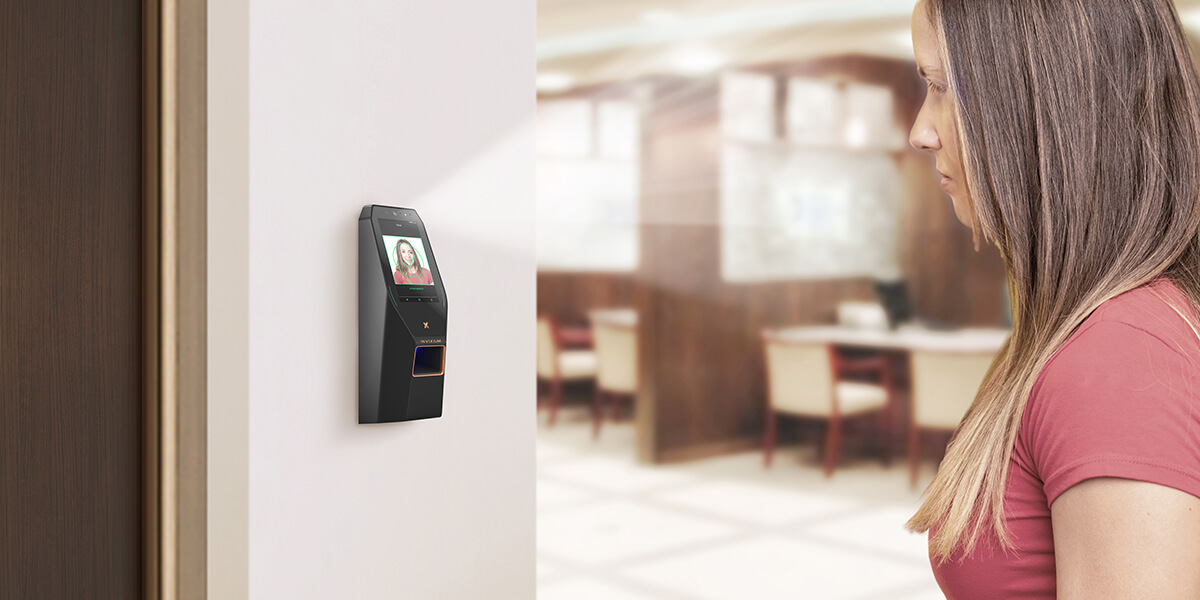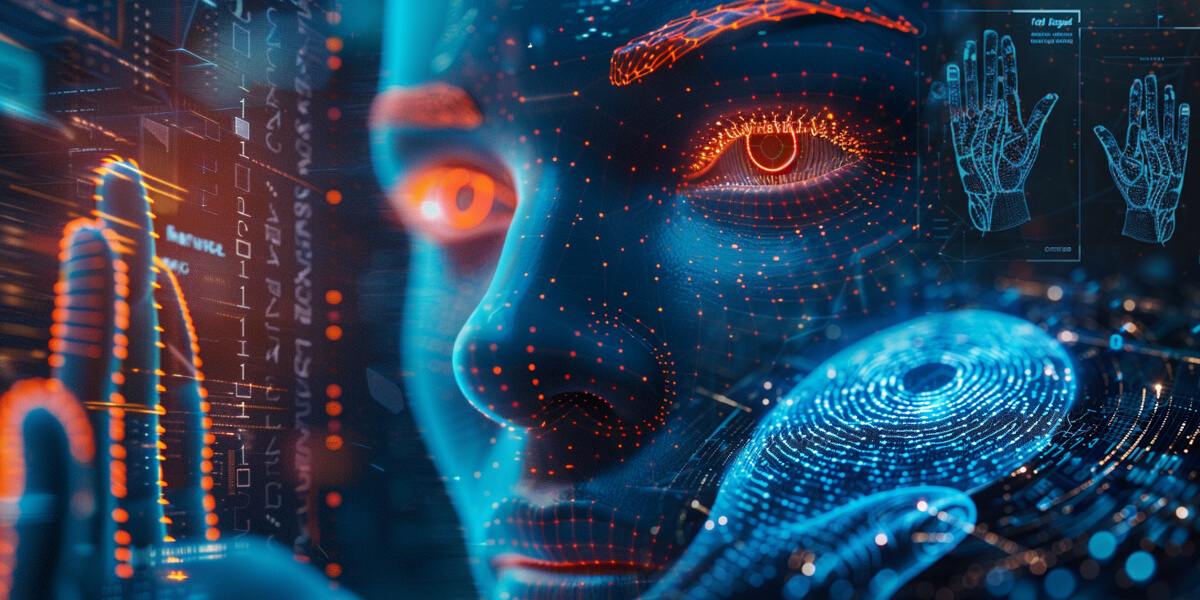Biometrics 101
From securely accessing one’s computer or mobile phone to gaining entry into a country, biometrics has emerged as the bedrock of authentication and identification in today’s digital age. Biometrics is claimed to be an emerging field with varied applications and indeed, its impact is palpable in every corner of modern existence. From the simple act of unlocking the smartphone, making payments, vehicle unlocking, border control, civil/criminal identification, access control, and time tracking – the breadth of its applications knows no bounds.
Simply put, the prime focus of biometrics is authentication and identification. It validates a person’s identity based on unique physical or behavioral characteristics, like fingerprints, facial features, and vascular structures. It is the only method of authentication that proves “you are, who you say you are.”
Though this fundamental capability extends into numerous applications, many perceive biometrics as intrusive and a violation of privacy. However, it’s crucial to understand that biometric systems utilize templates for face recognition or fingerprint. A biometric template is a mathematical representation created and stored in a completely encrypted and secure fashion, making it impossible to reverse engineer to its original form. This ensures both privacy and security are maintained, reassuring individuals about the integrity of their data.
Furthermore, advancements in biometric technology have led to the emergence of touchless biometrics like face, iris, or finger vein. The touchless approach enhances the user experience and the simplicity and non-invasiveness promote wider adoption, overcoming the discomfort and stigma associated with traditional methods. Moreover, in today’s health-conscious environment, touchless biometrics play a crucial role in mitigating the spread of germs, as they eradicate the need for physical contact with shared surfaces. In settings where traditional fingerprint methods may falter due to environmental challenges, such as harsh conditions compromising fingerprint readability, touchless biometrics emerges as a robust solution.
Amidst several types of biometrics and their multifaceted applications, security integrators often find themselves entrusted with the challenging task of deploying these systems without clear specifications. In such scenarios, it becomes imperative for integrators to bridge the gap by understanding the needs of the customers before proceeding with deployment. This involves a meticulous assessment of the intended purpose, whether switching to a biometric system is for access control or workforce management.
Let’s explore this through scenarios, simplifying the understanding of biometrics step by step.

Scenario 1: Imagine a business operating in an extremely sensitive environment where safeguarding physical premises, valuable assets, and sensitive data from potential threats is extremely crucial. Think of bustling financial institutions, food processing units, health clinics, or data centers where ensuring strict access for authorized personnel is not just desirable, but an absolute necessity. While traditional methods like swipe cards, keys, and fobs provide a basic level of security, they are vulnerable. How can one be certain that the person holding the card is truly authorized? This is precisely where biometrics for access control steps in.
Understanding Biometrics in Physical Access Control
By utilizing unique biological markers such as fingerprints, facial features, or iris patterns, biometric systems offer a far more secure authentication and identification process. Unlike traditional methods such as passwords or ID cards which are susceptible to loss, theft, or human error, biometric authentication is highly secure and convenient. It not only mitigates potential risks but also effectively restricts access to high-risk areas, especially in settings where stringent security measures are imperative. Additionally, biometric systems can be seamlessly integrated with Access Control Panels and software, enhancing the overall security infrastructure by significantly speeding up deployment and setup time.
By combining biometrics with other methods to cater to varying security needs and convenience levels, businesses can leverage multi-factor authentication. Modern biometric solutions can use any combination of multiple biometrics (face recognition, finger vein, fingerprint), mobile credentials (digital card, dynamic QR code), and traditional credentials (card, PIN) to achieve a highly resilient authentication process. This holistic approach not only enhances user satisfaction but also minimizes the likelihood of security breaches stemming from forgotten passwords or misplaced physical cards.

Scenario 2: Envision a company in an industrial setting where a diverse workforce operates round the clock across various shifts. Picture construction sites and sprawling manufacturing facilities teeming with blue-collar workers. In such volatile environments, relying on outdated pen-and-paper systems or manual timesheets not only slows down operational efficiency but also introduces vulnerabilities. Biometric solutions offer a seamless alternative.
Benefits of Biometrics in Workforce Management
The application of biometrics extends beyond access control to encompass workforce management, time & attendance tracking, and shift management. Heavy industries require advanced biometric solutions like face recognition that not only streamline entry processes, reduce queues, and eliminate the risk of unauthorized access but also offer a sustainable solution for workforce management.
Legacy systems lack automation and efficiency, leading to productivity losses due to intentional or unintentional time theft. Moreover, these outdated methods like manual timesheets or punch clocks are not only time-consuming and ineffective but also lack flexibility, offer limited data visibility, present compliance hurdles, hinder resource planning, and provide minimal reporting capabilities. In contrast, biometric solutions enable accurate authentication by enhancing productivity and compliance. The benefits of biometrics have a direct impact on payroll management, reducing the risk of overpayments and saving organizations significant resources.
Once the purpose of deploying biometrics is clear, consultants need to ask important questions about the broader security landscape and regulatory requirements. Whether it’s integrating with existing applications, implementing advanced security measures, or considering connectivity options like Wi-Fi, Power over Ethernet (PoE), and integrated 3G/LTE cellular. With these questions addressed, the deployment process becomes seamless and effective for remote locations, guaranteeing continued security and improved productivity for the customers.
Watch out for Part 2 where we delve into how integrators can effectively sell biometrics to their customers.
For further insights on biometrics and hassle-free deployment of advanced and rugged biometric solutions, reach out to our team today.







